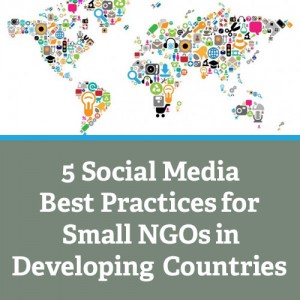 As a follow-up to Five Online Fundraising Best Practices for Small NGOs in Developing Countries, below are five social media best practices specifically tailored for small NGOs in developing countries. Once your NGO has laid a foundation for online fundraising success by launching a mobile-optimized website, an e-newsletter, and having the ability to accept online donations, your NGO is then ready to use social media to maximize online fundraising and cause awareness. There’s both an art and science to effectively using social media and by implementing the best practices below your NGO’s ability to reach a global audience is significantly increased.
As a follow-up to Five Online Fundraising Best Practices for Small NGOs in Developing Countries, below are five social media best practices specifically tailored for small NGOs in developing countries. Once your NGO has laid a foundation for online fundraising success by launching a mobile-optimized website, an e-newsletter, and having the ability to accept online donations, your NGO is then ready to use social media to maximize online fundraising and cause awareness. There’s both an art and science to effectively using social media and by implementing the best practices below your NGO’s ability to reach a global audience is significantly increased.
1) Tell your NGOs’ story in photo essay format.
Donors and supporters are increasing overwhelmed by text-heavy storytelling – especially on mobile devices. Thus, your NGO should prioritize sharing your success stories in photo essay format on your website or blog. For example, for each photo essay insert five photos that communicate success, add a sentence or two caption to each photo explaining what is happening in the photo, and then include a short introduction (one or two paragraphs) that summarizes your photo essay. The photo essay should be published on your website or blog and ensure that a donate button, e-newsletter subscribe option, and social network icons are prominently featured.
When distributing your photo essay in your e-newsletter only include the introduction and one photo in the body of your e-newsletter and then encourage readers to “Click to View Photo Essay” or “Click to Read More” to increase traffic to your website or blog. When posting your photo essay on social media, link to your website or blog and upload the best photo from the photo essay to increase likes, retweets, and click-throughs to your website or blog. When titling your essay, think like a journalist and craft titles that are more likely to receive interaction and engagement on social media. Finally, when formatting the essay, all five photos should be the same size and captions should be bold and at least 12 point. Free photo editing tools like PicMonkey and Photo Gallery enable your NGO to easily re-size and crop photos.
Photo and Caption via Mercy Corps:
Mohammed and Amna Lelayesh fled their home in Syria with their four children over a year ago. Finding refuge just across the border in Hartha, Jordan, the family now lives in a meager one-room shelter. With Mercy Corps' support, they will receive crucial home repairs like a water tank, electricity and insulation. Photo: Jeremy Barnicle/Mercy Corps
2) Schedule Facebook Updates and tweets for other time zones.
If your NGO is hoping to increase awareness of your cause and fundraising results on a global scale, then you must schedule Facebook Updates and tweets in advance. For example, if your nonprofit is based in Mumbai, then your NGO should schedule updates and tweets between 8-11pm to reach donors and supporters in the morning hours in Canada or the United States. To schedule Facebook Updates in advance, use Facebook’s scheduling function. To schedule tweets in advance, use HootSuite.
Facebook Scheduling Function:
HootSuite for Scheduling Tweets:
3) Tap into the power of stats and inspirational quotes.
Guaranteed to be your most liked, shared, and retweeted content, your NGO should create a page of ten powerful stats related to your mission and programs on your website or blog and another page of ten inspirational quotes that speak to your cause. Ensure that you have a prominently featured donate button, e-newsletter subscribe option, and social network icons on both pages. Then, once a week share a stat and inspirational quote on each of your social networks and always link to the associated stats and quotes pages. This will significantly increase traffic to your website, help build your e-newsletter list and social network communities, and thus increase your online fundraising success. Your stats and quotes page will become two of the most visited pages on your website or blog.
Finally, learning how to convert quotes and stats into images or embedding them on photos will make your NGO even more successful on social media. Experiment with tools such as Quozio, Share As Image, and Infogram and again, use PicMonkey or Photo Gallery to embed stats or inspirational quotes on your images.
Powerful Stat Image via Gates Foundation:
Inspirational Quote Image via One Campaign:
4) Tap into the power of cause awareness days.
Creating online communications campaigns around cause awareness days can help your NGO get international exposure and raise money online. The trick is to plan your campaign at least one month in advance so that your NGO has the time to create text and visual content, craft an e-newsletter to be sent the morning of the cause awareness day, schedule updates and tweets throughout the 24-hour period, and research and participate in relevant tweet chats and Google+ hangouts. For example, the next World NGO Day is February 27, 2014. Craft a strategy of how your NGO will participate and what you want to ask your donors and supporters to do on behalf of your NGO on #WorldNGODay.
5) Study mobile and social media best practices.
Next week Nonprofit Tech for Good will publish 20+ resources to follow on Facebook and Twitter specifically for NGOs, but for now your NGO should become familiar with the following well-known mobile and social media blogs and resources that consistently publish best practices related to mobile and social media, such as:
Connecting Up :: connectingup.org


Idealware :: idealware.org


Mashable :: mashable.com


Mobile Marketer :: mobilemarketer.com


Nonprofit Technology Network :: nten.org


Social Media Examiner :: socialmediaexaminer.com


TechSoup Global :: techsoupglobal.org


The Next Web:: thenextweb.com


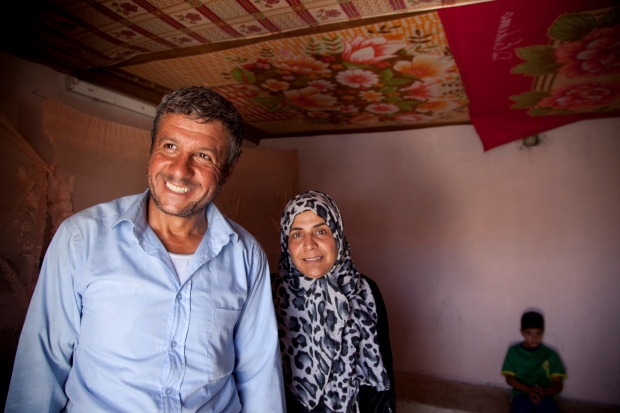
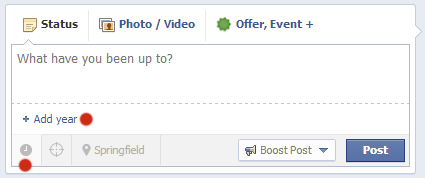
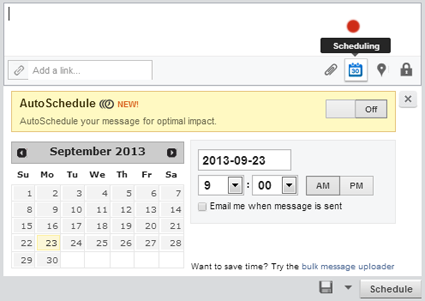
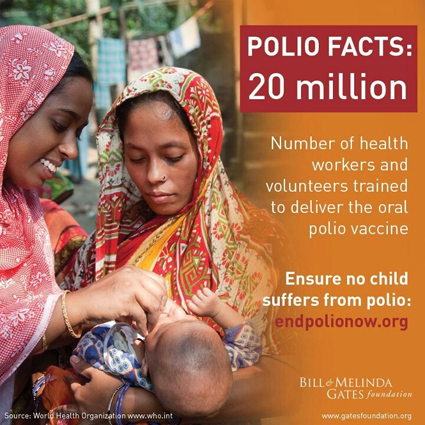
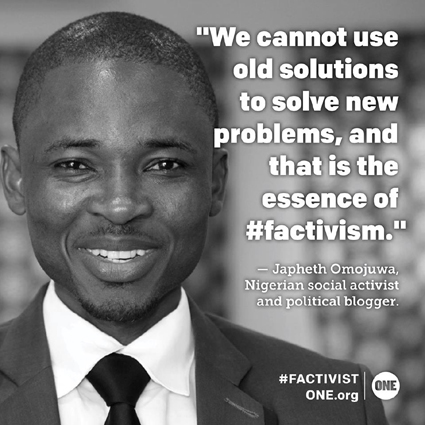
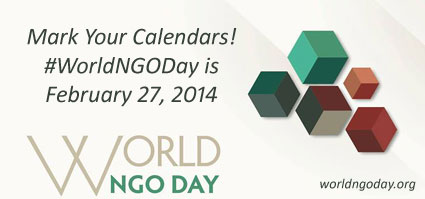
No comments:
Post a Comment